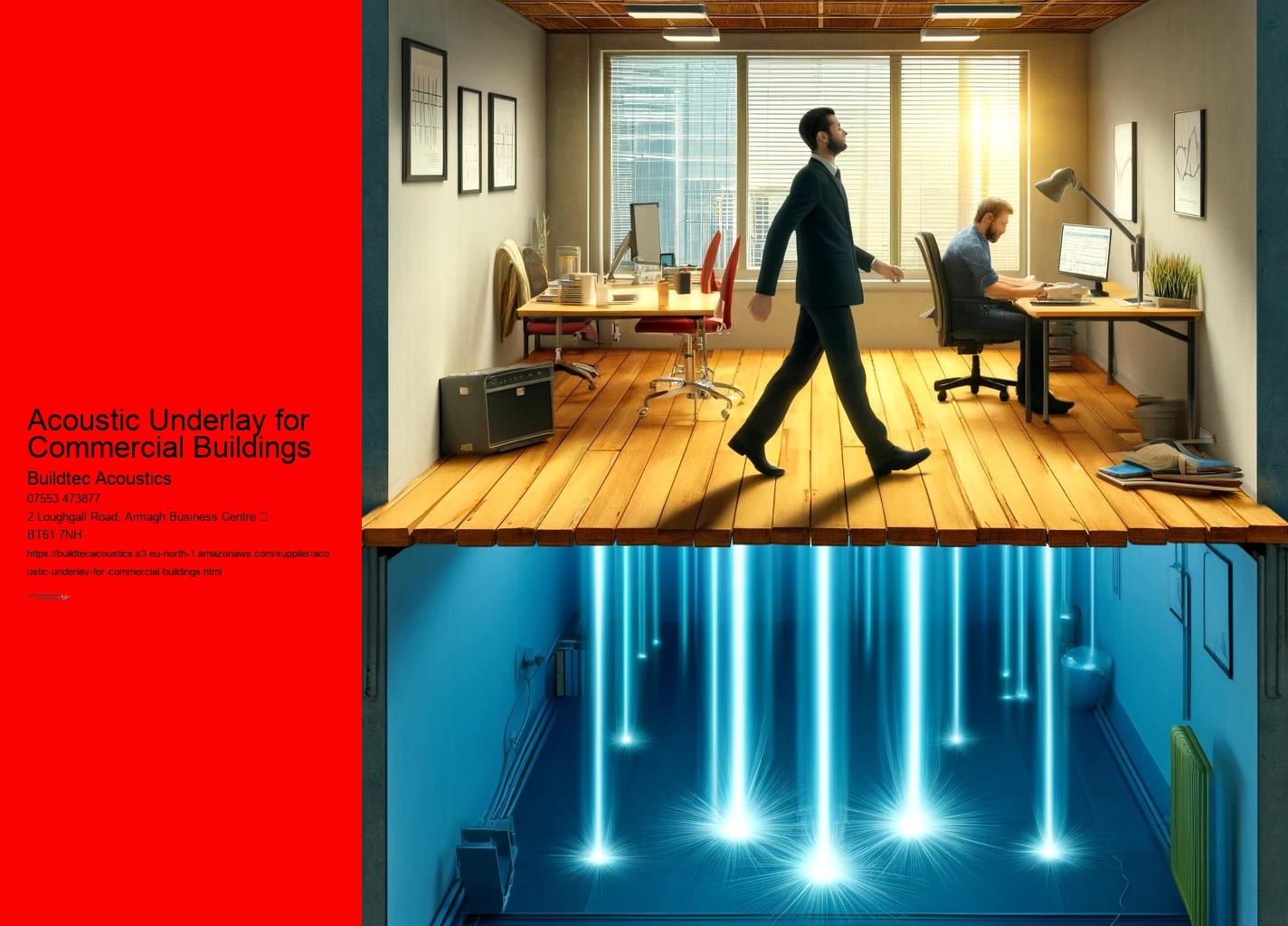Before installing an acoustic underlay, it is important to ensure that the subfloor-whether concrete, particle board, or cement-is clean, level, and dry. How Acoustic Underlays Work . Soundproofing Material Products from this Soundproofing Supplier are affective acoustic solutions. In residential buildings, whether in a semi-detached house or an apartment, acoustic underlays are commonly installed under laminate flooring, hardwood, or carpets to reduce noise transmission through walls, ceilings, and stairs.
Acoustic Underlay for Commercial Buildings - negative affectivity
- particle board
- concrete
- environmentally friendly
- tile
For instance, Tecsound underlays are commonly used beneath concrete or screed subfloors to add an additional layer of soundproofing that is effective against vibration and noise. Buildtec Acoustics offers a wide range of acoustic underlays that are designed to manage both airborne and impact noise, providing versatile solutions for various flooring applications, such as wood flooring, ceramic tiles, and laminate flooring.
During renovations, installing acoustic underlays can significantly improve the acoustic properties of existing floors, whether in residential or commercial settings. Acoustic underlays are versatile and suitable for use in many settings, from residential homes to commercial spaces such as offices or retail environments.
Acoustic Underlay for Commercial Buildings - noise control
- heat
- furniture
- design
- cushion
- vibration
Whether the flooring type is laminate, ceramic, or hardwood, Buildtec Acoustics offers underlays that are specifically engineered to complement the chosen material. These underlays act as a cushion that reduces the transmission of vibrations and sound through the floor.
Acoustic Underlay for Commercial Buildings - room acoustics
- room acoustics
- negative affectivity
- noise control
- medium-density fibreboard
